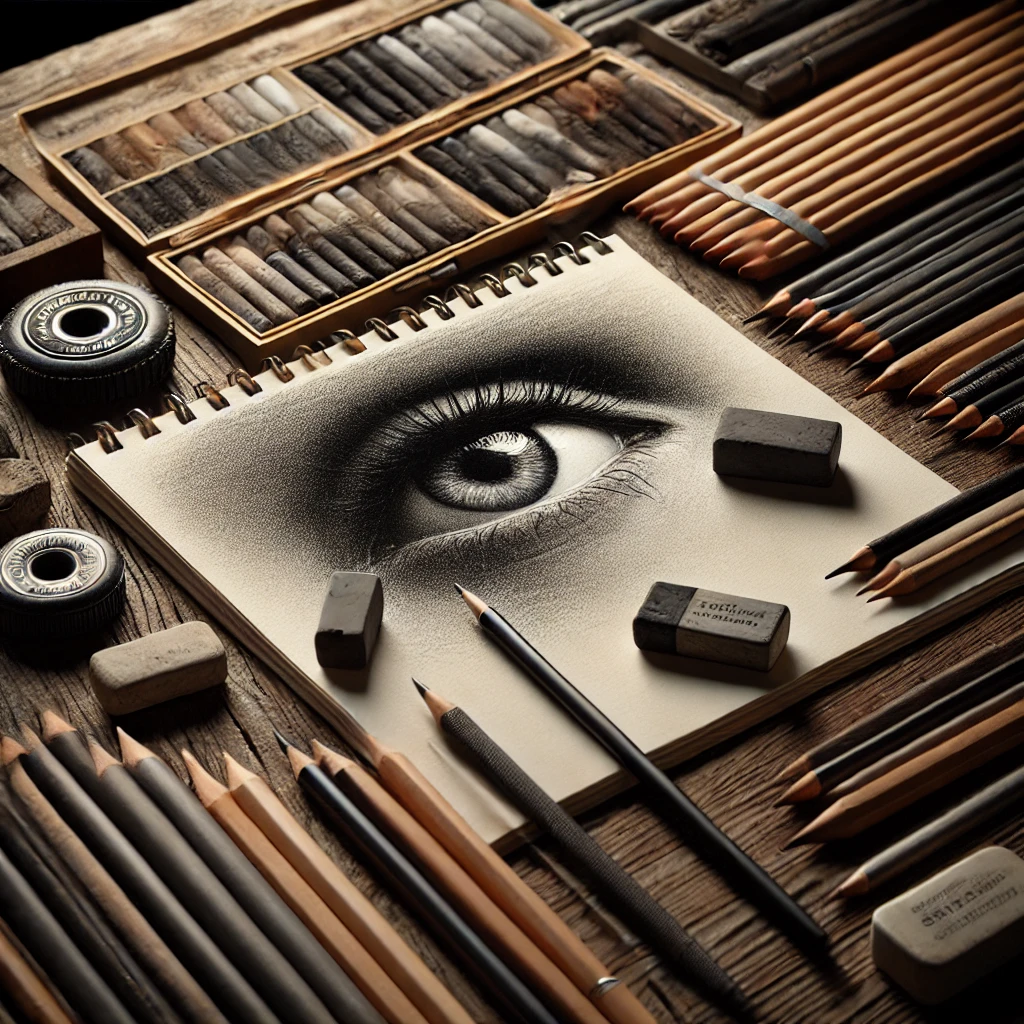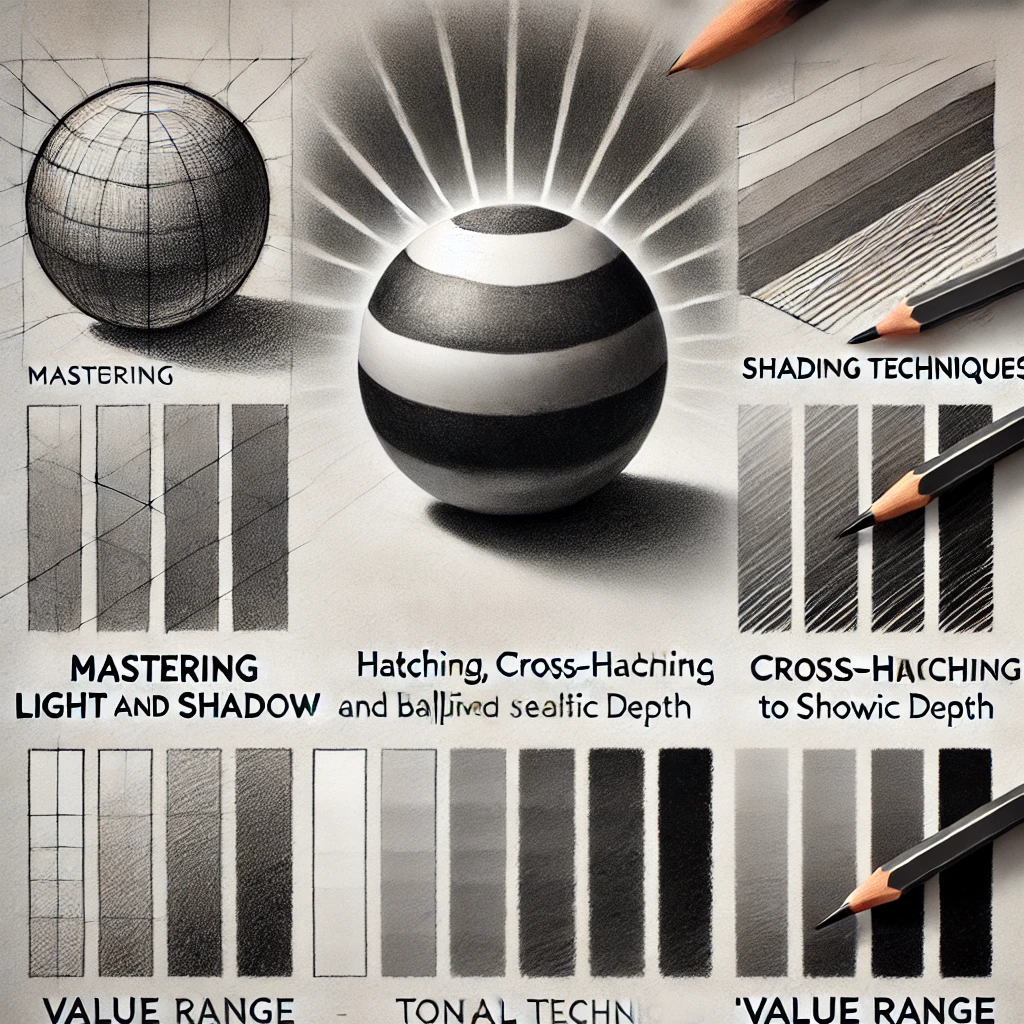Mastering Realistic Sketching: Tips, Tools, and Techniques for Artists
Realistic sketching is a skill that every artist can develop with the right techniques, tools, and consistent practice. Whether you’re a beginner or an experienced artist looking to refine your craft, mastering realism requires a deep understanding of shading, proportions, and texture. In this guide, we’ll explore essential tips, must-have tools, and expert techniques to help you create lifelike sketches.

(This blog contains affiliate links, meaning I make a small commission at no extra cost to you.)
Essential Sketching Tools for Realism
Graphite and Charcoal Pencils
✔ Graphite Pencils (2H–8B) – Ideal for smooth shading and precise details
✔ Charcoal Pencils – Perfect for deep contrasts and expressive strokes
✔ Mechanical Pencils – Great for fine lines and intricate details
🛒 Shop professional sketching pencils here
Paper and Sketchbooks
✔ Smooth Paper – Best for graphite to achieve fine details
✔ Toothed Paper – Ideal for charcoal to hold texture
✔ Toned Paper – Helps create striking highlights and shadows
🛒 Find the best Smooth sketchbooks here
Blending and Erasing Tools
✔ Blending Stumps – Smooths out shading for realistic transitions
✔ Kneaded Eraser – Removes graphite and charcoal without damaging paper
✔ Eraser Pen – Ideal for creating crisp highlights
🛒 Discover top-quality sketching accessories here
Techniques for Achieving Realism
1. Mastering Light and Shadow
🎨 Observe how light falls on objects to create accurate shading
🖌️ Use hatching, cross-hatching, and blending for smooth transitions
✏️ Establish a full range of values from light to dark for depth

2. Enhancing Texture and Detail
📄 Use different pencil grips to vary line weight and texture
🖋️ Layer graphite or charcoal gradually to build dimension
🎯 Experiment with erasers to lift highlights and add fine details

3. Achieving Accurate Proportions
🔢 Use the grid method to break down complex subjects
📐 Compare angles and shapes for precision
✍️ Start with light sketch lines before refining details
Common Mistakes and How to Fix Them
❌ Over-blending – Leaves drawings looking too soft; add sharp details for realism
❌ Ignoring Reference Photos – Always use quality references for accurate details
❌ Skipping Value Studies – Practice light-to-dark gradients to improve shading skills
Final Thoughts: Elevate Your Sketching Skills
Mastering realistic sketching takes patience, practice, and the right tools. By focusing on light, texture, and proportion, you can bring your sketches to life.
🎨 Ready to upgrade your art supplies? Check out our curated selection of sketching tools and take your artwork to the next level!
📌 Love this guide? Save it to your Pinterest board to inspire your next masterpiece!